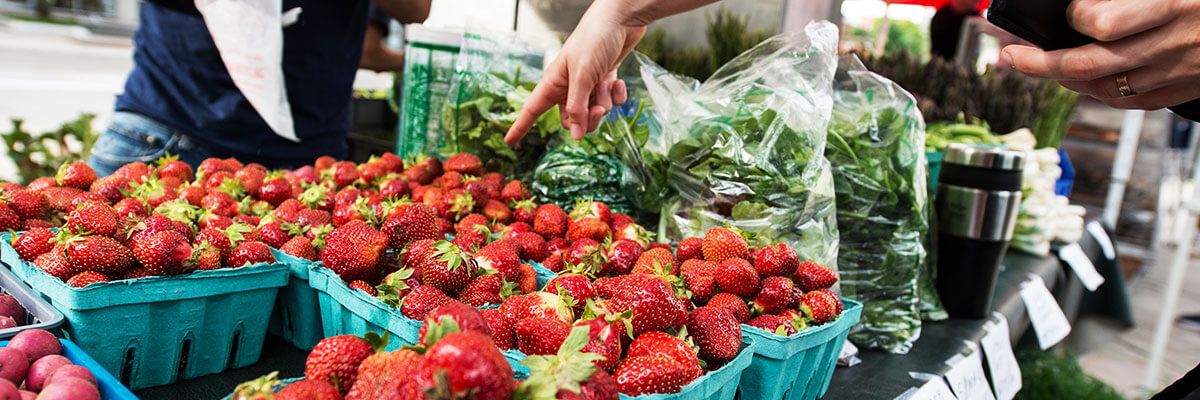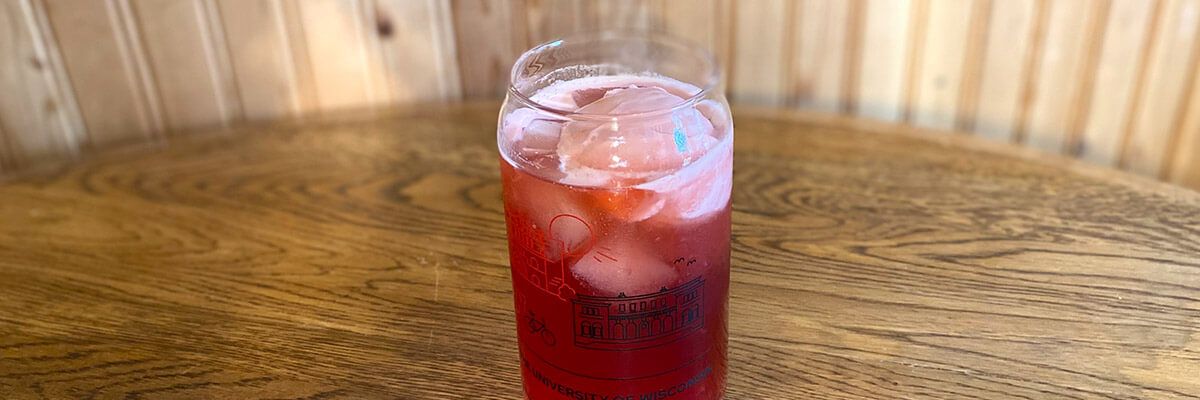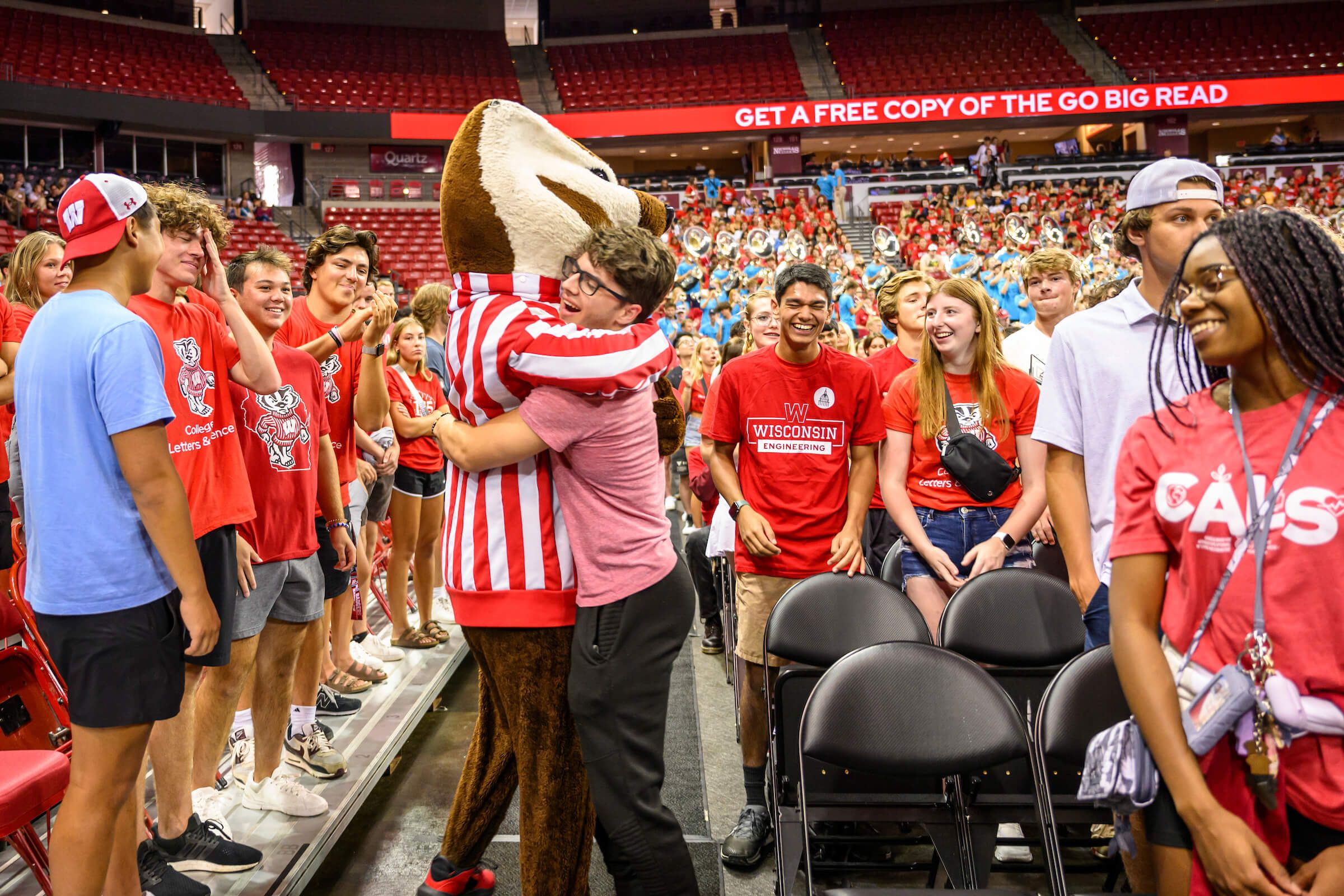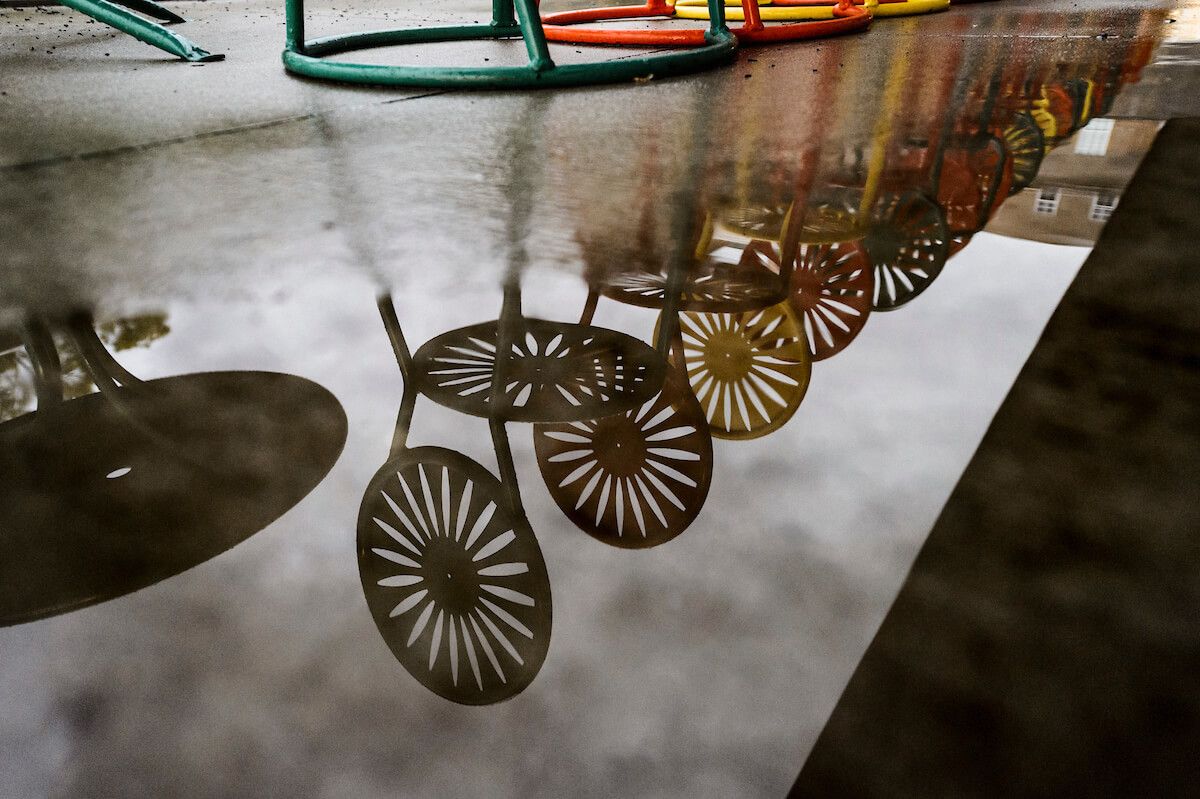Like all of us, Patricia McConnell ’81, MS’84, PhD’88 is riding the “Coronacoaster,” as she says. The shift to being Safer at Home and the inconsistent reopenings across the country have us feeling all a little flustered. But we’re not the only ones — these massive changes in routine are having big effects on our four-legged family members, too. McConnell is a certified applied animal behaviorist, adjunct professor in the UW’s Department of Zoology, and leading expert on companion animal behavior. Here are her thoughts on how our pets have been handling quarantine — and how we can prepare them for the future.
Just like you, it probably took your pet awhile to adjust to your new quar-routine.
“Neurologically and biologically, it makes tremendous sense that when things changed, a lot of animals went through a transition period,” McConnell says. She references the “magic threes” — a framework she’s used for adjusting pets to new homes: three days of shock/adjustment, three weeks until they show their personalities, and three months before the animal is fully adjusted. “If you look at the way mammalian brains are wired,” she says, “our brains are having to do a lot of work when something changes.”
The world’s dogs must love their people being home all the time, right? Maybe not.
“Dogs [and cats] need a lot of sleep,” says McConnell, which might not be happening for pets in newly busy households. The activity and stimulation of a household with, say, two parents and three kids who are not normally home 24/7 may be too much. “It’s important to remember how much sleep dogs and cats need.”
If your pet is sleeping, let it sleep.
“Let’s sleeping pets lie!” McConnell says with a chuckle. Have you ever snapped at someone when you were overtired? The same thing happens with dogs and cats when they get overtired … only their snaps come with sharper teeth. Like humans, “they need sleep, and they need space,” says McConnell.
Your pet is getting less (if any) alone time, which means it’s also forgetting what it’s like to be alone. Start training now to help prevent future stress.
“My colleagues and I are worried about dogs getting separation anxiety,” McConnell warns, “and that can be really serious.” She recommends starting preventive training now to mitigate future anxieties. Help your dog remember what it’s like for everyone in the household to be gone at the same time. “Start way smaller than you think you need to,” McConnell recommends. For dogs who may already have separation anxiety, “literally start by picking up your keys and putting them down.” Then add on walking to the door, then add on stepping out for five seconds. For dogs without separation anxiety, start with being gone for five minutes and work your way up to 30 minutes. Do these exercises a couple of times a week, gradually increasing time.
Start planning now for the post-quarantine activity level decrease.
If your dog has seen an activity boost — more frequent and longer walks, increased playtime or stimulation — chances are that’s become part of his routine. You can help curb that soon-to-be pent-up energy with trick-training. Learn howto teach tricks now, and then spend some time before and after work teaching them to your dog. “Ten minutes of new trick-training will literally tire your dog out almost as much as going on a walk,” says McConnell.
Three things to consider before getting a new quarantine companion:
“[My colleagues and I] love that all of these animals have been adopted. It’s fantastic!” says McConnell. But, she wants to make sure that all new pawrents are ready and able to help their new companions cope when the routine shifts again. Consider these four things as you welcome your quarantine companion:
- As a family — even if your family is just yourself — make the rules ahead of time. Think about questions like: Will furniture be off limits? Where will the litter box go? What’s the feeding schedule?
- Make sure everyone in the family understands the concept of positive reinforcement — and how to train by it. Train what you want the animal to do, rather than correcting what you don’t want.
- Consider what your lifestyle will look like post-quarantine and be aware that it may be a significant change for your pet. Put the time in up front to prevent separation anxiety.
- Help your new furry friends feel safe by respecting their adjustment period. Remember the “magic threes.”
For more training tips, visit McConnell’s website.










